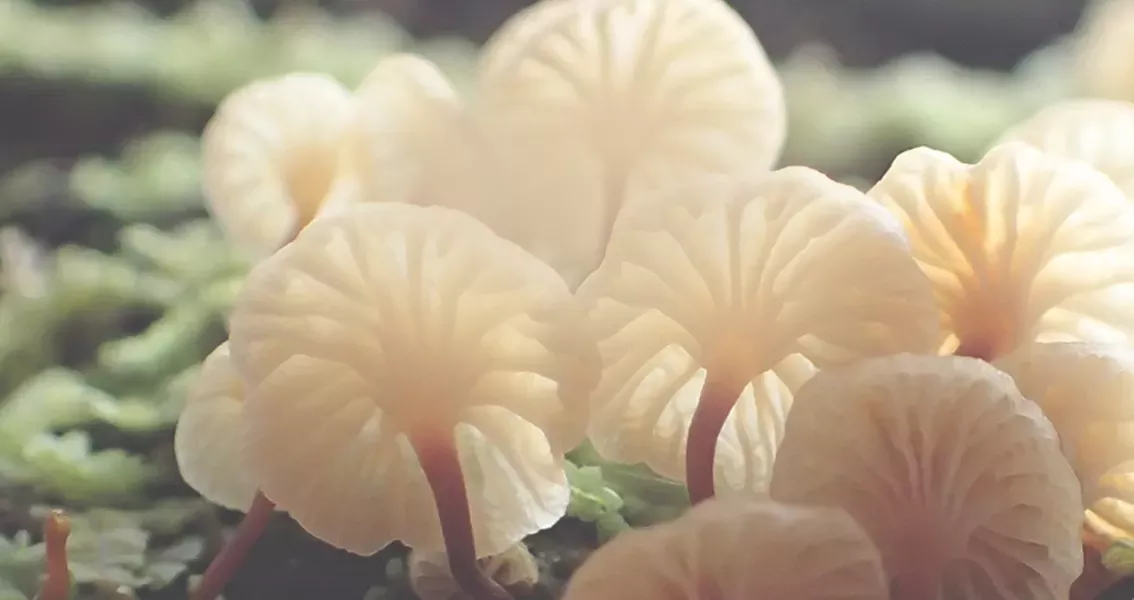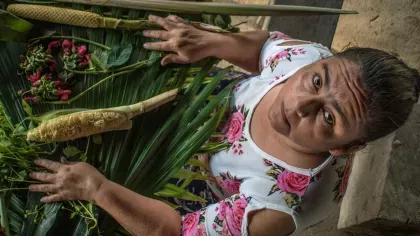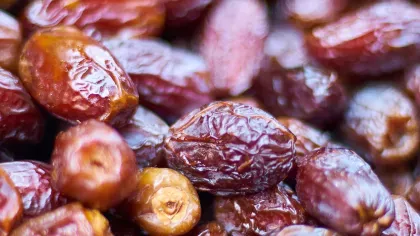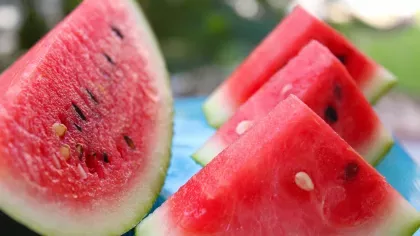2 September 2022
A bitter mystery: Sequencing the world’s oldest plant genome
Kew scientists and partners have sequenced the oldest plant genome using 6,000-year-old seeds from a watermelon relative

With their sweet, red and juicy flesh, watermelons (Citrullus lanatus subsp. vulgaris) are a popular summer fruit.
For scientists, they are a crop with a mysterious history.
It’s generally accepted by the scientific community that watermelons originated in Africa, but exactly where they were domesticated from a bitter-tasting wild fruit into a sweet-tasting one is hotly debated.
Evidence gathered from DNA suggests that the closest relative is the Kordofan melon (C. lanatus subsp. cordophanus) and ancient tomb paintings show that Egyptians were consuming watermelon in the Nile Valley in 4360 BP.
However, with the discovery of ancient watermelon seeds at an archaeological site in the Sahara Desert in Libya, we are now reconsidering its origin.
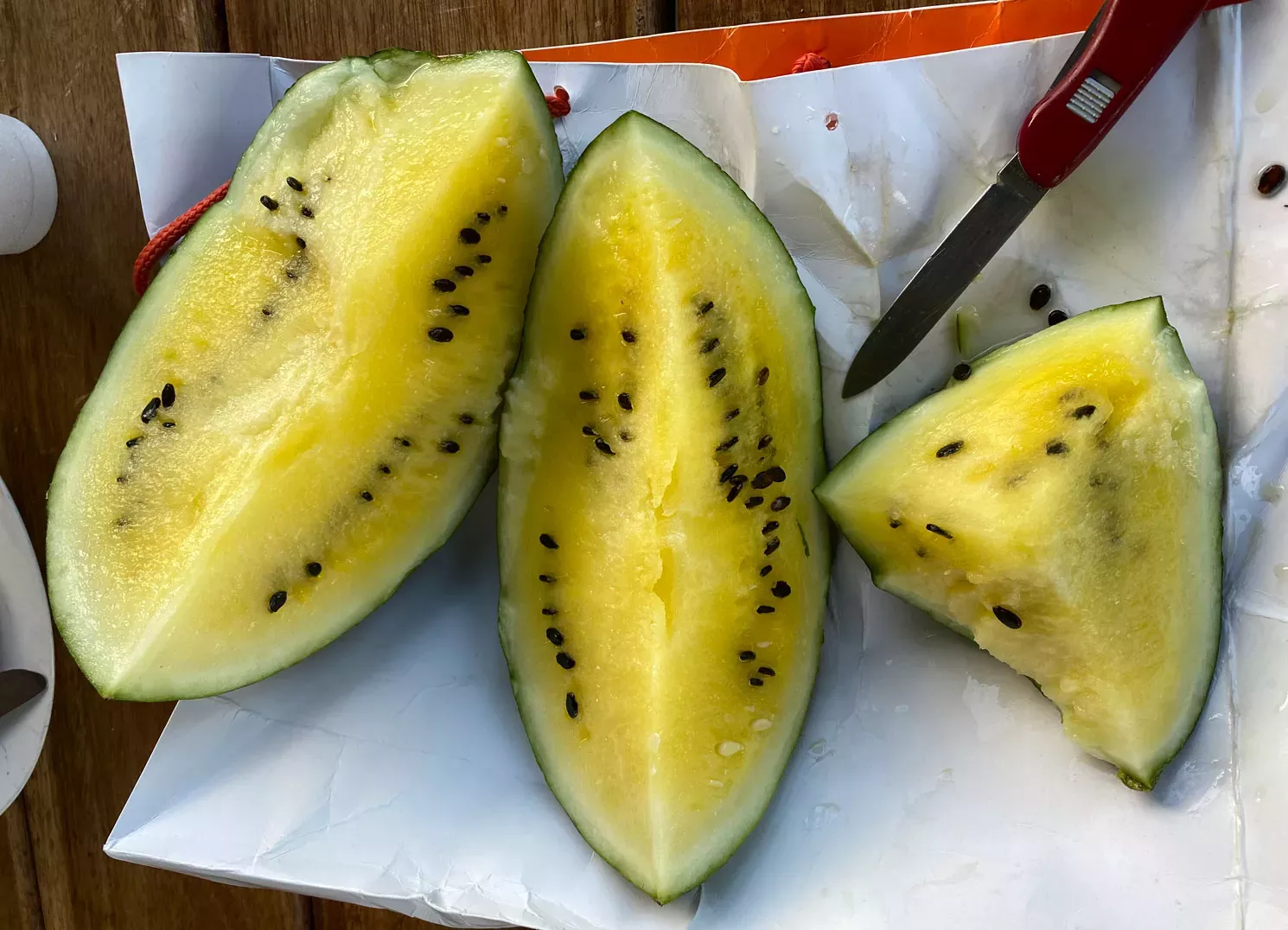
Puzzling discovery
Discovering ancient watermelon seeds that had been collected from Libya and Sudan and radiocarbon dated (C-14) to more than 6,000 and 3,000 years ago was perplexing given that the current evidence didn’t support Libya as a place of watermelon domestication.
Working with our partners from the UK, Germany and US we were able to obtain genome sequences using the seeds in addition to watermelon specimens held in Kew’s Herbarium, some of which date back to the early 19th century.
As far as we are aware, the genome sequences generated from the seeds are among the oldest ever attained from plant remains whose age have been verified using radiocarbon dating techniques.
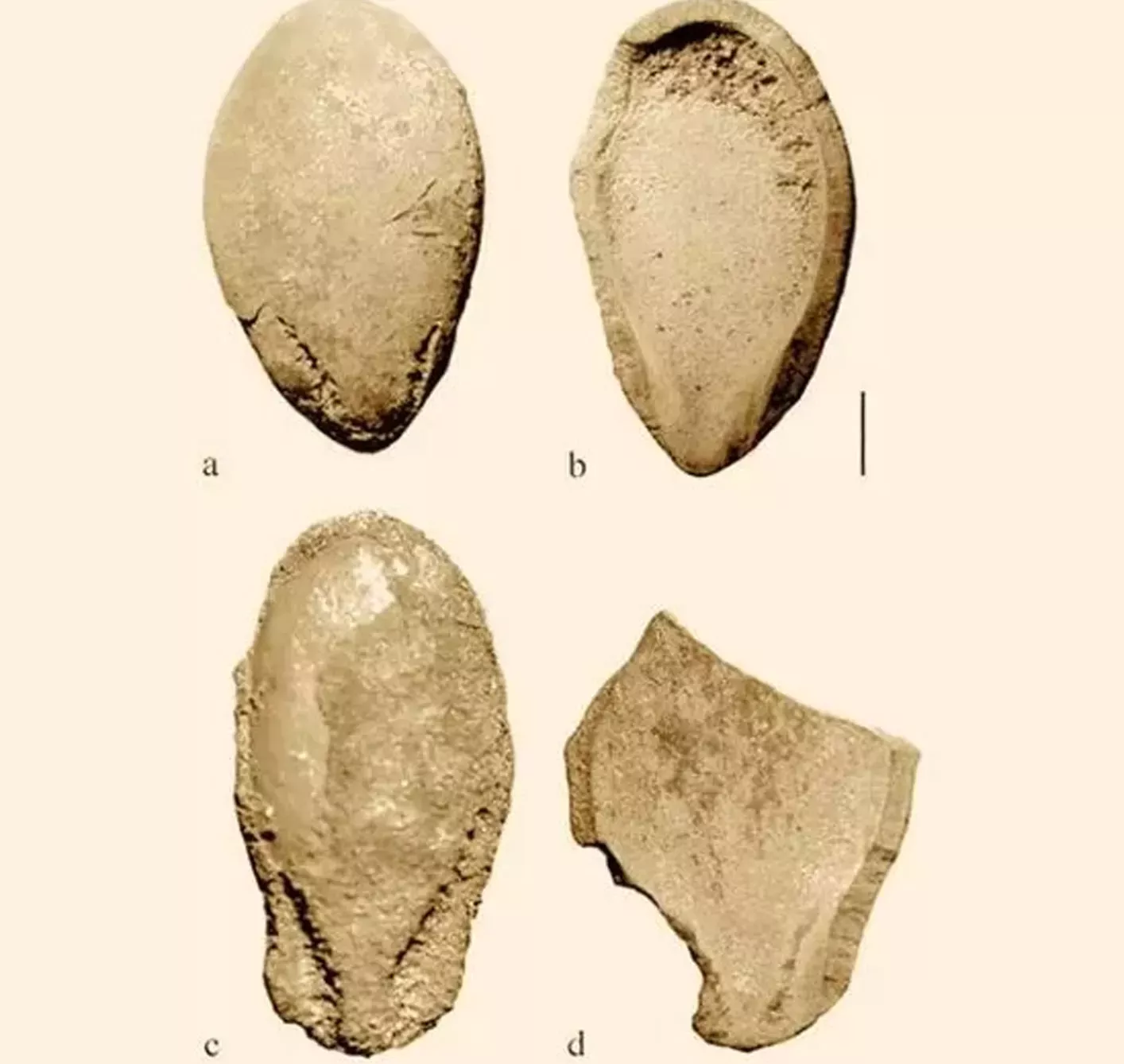
Egusi melon
Our results showed that the seeds came from a watermelon relative known as the egusi watermelon or egusi gourd (Citrullus mucosospermus), from West Africa. The raw fruits are bitter and inedible, due to the chemical cucurbitacin in their flesh and are instead grown for their seeds, which are similar in size and flavour to pumpkin seeds.
Surprisingly, we found human teeth marks on the ancient seeds which supports our theory that Neolithic Libyans collected, and even cultivated, the watermelon relative to eat its seeds and not its flesh.

The research also yielded many genetic insights into the domestication history of the sweet watermelon whereby genes have been exchanged over generations. This is particularly useful for watermelon crop improvement breeding programmes as we can identify useful genes, such as those for pest and disease resistance.
Finally, our study is a great example of how plant collections, representing thousands of years of evolutionary and cultural history, can be used in different ways in multidisciplinary research.
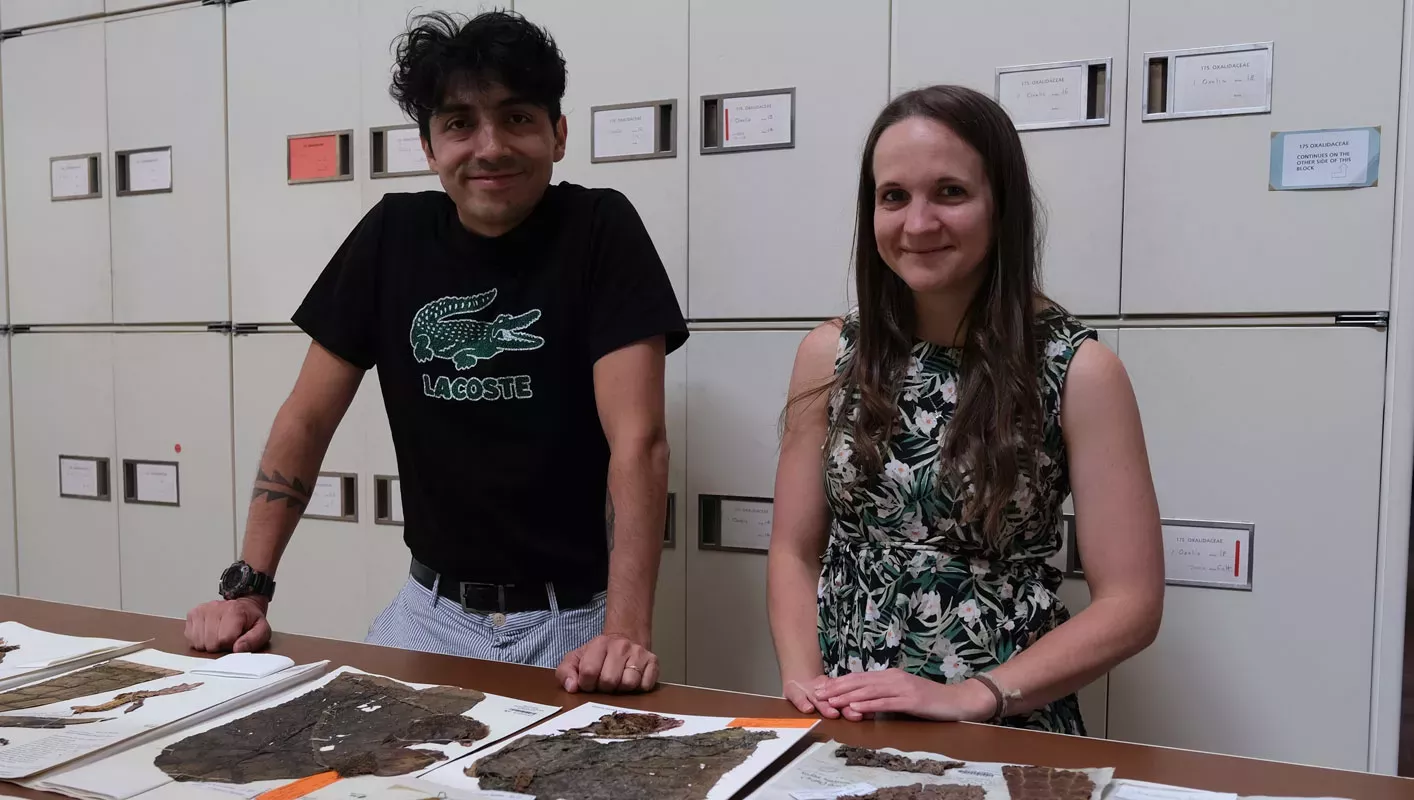
Read the paper
Pérez-Escobar, O.A., Tusso, S, Przelomska, N.A.S. et al (2022) Genome sequencing of up to 6,000-yr-old Citrullus seeds reveals use of a bitter-fleshed species prior to watermelon domestication. Molecular Biology and Evolution 39: msac168.
Acknowledgements
Thanks to my collaborators:
- Dr Guillaume Chomicki, Sheffield University;
- Professor Susanne S. Renner, Washington University, St. Louis; and
- the Antonelli Lab research group.

